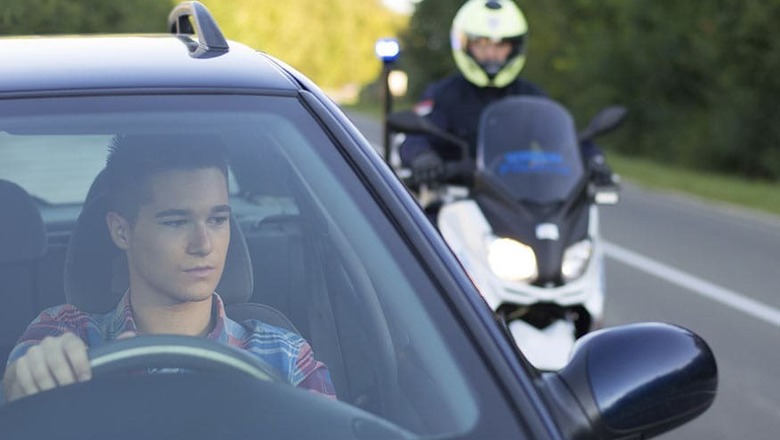
views
The first internal combustion-propelled car may have chugged out of Karl Benz's workshop back in 1886, but it took until 1901 for a US state to decide that the automobile could be dangerous if driven at speed. And in reaching this conclusion, on May 21, 1901, Connecticut became the first US state to introduce speed limits for the car of 12mph in the city and 15mph in the countryside.
The law may sound rather draconian by today's standards, but compared to what was going on in Great Britain at the time, a 15mph upper limit was massively progressive.
Thanks to myriad workshop tinkerers and other self-taught engineers that earned the country the title of workshop of the world, in the UK in the late 1800s there were a host of self-propelled vehicles on the road -- powered by everything from steam to electricity -- and they were considered so dangerous that the Red Flag act was passed, stipulating that around town these vehicles could only travel at 2mph and in some cases with a person walking in front waving a red flag to warn townsfolk.
And it was in the UK, in Kent in 1896, that a certain Walter Arnold driving a Benz Motor Carriage became the first ever recipient of a speeding fine. Arnold was caught doing 8mph -- four times the speed limit -- and the car was apprehended by a policeman on a bicycle.
Meanwhile, the first paper speeding ticket was issued in Ohio in 1904 to Harry Mayers for travelling at 12mph.
Racing forward to today and the speeding ticket has become part of modern life. In the US, 41 million tickets are issued every year, while in England in 2014 alone, 115,000 drivers were caught with an automatic speed camera and fined over £100 via the courts. The true figure is much higher but there is no data available for motorists who immediately pay a fine, only for those who decide to fight or ignore the initial charge.
The speed camera has revolutionised how quickly and how many drivers are caught and fined every year, and it's one of the automotive world's biggest ironies that the Gatso Speed Camera was invented by a racing driver. Dutch rally driver Maurice Gatsonides was also a dab hand at inventing and was trying to find a way of recording his cornering speed. In creating the Gatso camera, he also created, what some believe, is a license for authorities to print money. One Gatso camera installed on a busy road in Worcestershire, in the UK, issued £1.6 million in fines within its first nine years of operation.
Still, if you want to avoid a speeding fine but are completely unable to resist the need for speed, even in 2017 there are still some roads left where speed is limited solely by your car's mechanical capabilities.
The most famous are the German Autobahn where, when all six lanes are open, there are no limits, and the Isle of Man. The home of the TT races, it still has no official limit when the roads are not in urban areas. However, the fact that none of these roads is multi-lane highways will help kerb some drivers' excesses. In Australia's Northern Territory there is also a 200km stretch of the Stuart Highway that has no official speed limit and takes drivers to either Alice Springs or Barrow Creek.


















Comments
0 comment